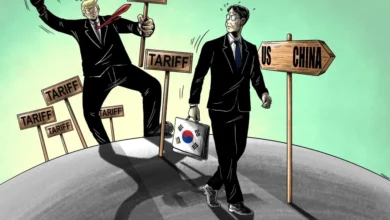100% Tariffs for Dollar Defense. Is Trump Ready to Burn Down the Global Economy Or Is It All Talk?
On Saturday, Donald Trump threatened to make it very expensive for countries to quit using the US dollar. "If you abandon the dollar, you won't do business with the US because we will put on a 100% tariff on your goods," Trump said. There have been growing efforts from countries like India, China, Brazil, and Russia to de-dollarize in recent times.
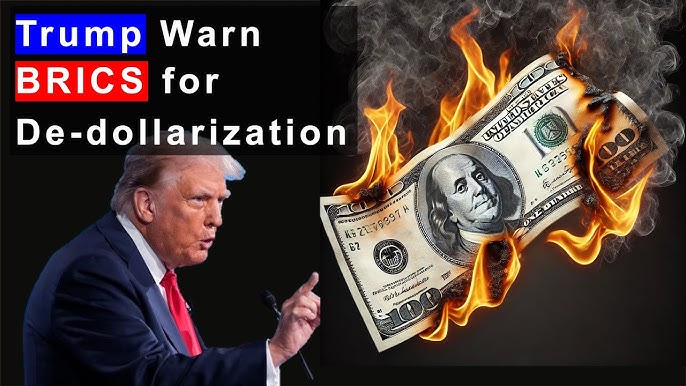
One of the most striking economic pledges to date from Donald Trump was during a Saturday rally in Wisconsin. Clear as it was unmistakable, the pledge was that any country abandoning the US dollar for international trade with them will be slapped with a 100% tariff on their goods trading with the United States. It is an extension of a long-serving protectionist trade policy by Trump, commanding much of his political and economic agenda.
But what is really behind this dramatic move? Why is Trump so terrified of de-dollarization, and what are the consequences for the global economy? This article will go deep into the unfolding situation by examining the historical context, the current state of global currency dynamics, and the potential consequences of such a policy.
What is De-dollarization?
The US dollar has been the dominant world trade and finance method used in world reserve currency for several decades. Most international transactions, particularly in oil, commodities, large-scale trade, have involved the dollar. The result has been to confer major advantages upon the United States, including better borrowing terms and the use of economic sanctions via the stranglehold of the world financial system.
This trend has been partially reversed over recent years, with some countries, particularly those disaffected by US foreign policy and sanctions, trying to de-dollarize their international trade. This “de-dollarization” process means that countries try to avoid using the dollar when they trade and instead switch to other currencies, such as the euro, the Chinese yuan, or even some local currencies.
Several factors have driven this shift
This has included the use of longstanding leverage that Washington has utilized over the global financial system to impose sanctions on countries like Russia, Iran, and Venezuela. The result is a major motivation for those countries and their geopolitical allies to figure out how to sidestep the dollar to avoid the impact of US sanctions.
Such emerging economies, like China and India, experiencing rapid economic growth, would want to exert more control over international trade and financial systems. Here they will be less exposed to variations in the United States economy and monetary policy by trading in their own currencies.
Digital currencies, blockchain technology, and alternative payment systems such as China’s Cross-Border Interbank Payment System have all contributed to simple ways that countries can continue to trade among themselves without the need for the US dollar.
The State of the Dollar Today
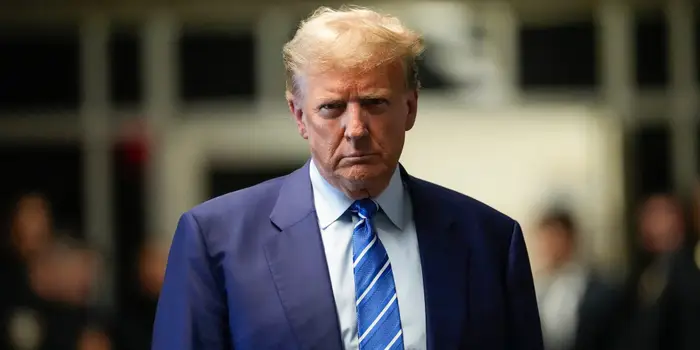
And yet, in the face of these efforts, the U.S. dollar remains not only the most widely traded currency in the world but also the dominant global currency, even if its grip has loosened in recent years. According to the IMF, the dollar accounted for 59% of global foreign exchange reserves in the first quarter of 2024, from more than 70% two decades ago. By comparison, the euro held nearly 20%, while the Chinese yuan, though growing in importance, still represented a fraction.
But de-dollarization is here to stay, apparently. In 2023, BRICS members-Brazil, Russia, India, China, and South Africa-discussed ways in which to depend less on the US dollar in their trade. Notably, India has been in the headlines as it pursues more and more trade settlements in its national currency-the rupee.
Growing pressures to chip away at the dollar’s hegemony have come, too, from China and Russia, each of which has pursued options for avoiding the US-dominated financial systems, including the SWIFT network. The shift is a far cry from how the US has traditionally utilized its grip on the world financial system as an instrument of foreign policy and leverage in international economic relations.
Trump’s Tariff Threat
So, his response to these growing threats to the dollar’s dominance is to impose a 100% tariff on those goods that come from countries that abandon the US dollar. Trump’s proposed policy presumes that if nations find it too expensive to trade with the United States, they will be less apt to go away from using the dollar in their international trade.
“You leave the dollar, and you are not doing business with the United States because we are going to put a 100% tariff on your goods,” Trump said in the speech.
This is after months of discussion between Trump and his economic advisers over ways of punishing countries seeking alternatives to the dollar in international trade. Bloomberg News reported that the Trump team has weighed other measures, too, including export controls and charges of currency manipulation, not just tariffs.
The Logic Behind Trump’s Move
For Trump, the policy is a required defense of the U.S. dollar, which he said had been “under major siege” for the last eight years. He is striving to preserve the greenback’s status as the world’s reserve currency-a privileged position that should confer on the United States several privileges; a lower cost of borrowing, wider leeway in international affairs, and steadiness in economy.
By threatening to slap a 100% tariff on goods from those countries that de-dollarize, Trump expects to make de-dollarization prohibitively expensive, hence unpopular. Countries threatened by having to pay huge tariffs for access to the US market might refrain from abandoning the dollar.
Moreover, the protectionist trade policies of Trump appeal to a big section of the US electorate primarily composed of working-class voters who have been left out in the cold by globalization. Through positioning himself as a defender of American jobs and the US economy, Trump appeals to the belief of many voters that America is taken advantage of in international trade agreements.
A History of Trump’s Protectionist Policies
Threats by Trump to impose tariffs on countries abandoning the US dollar are not isolated, but part of broad protectionist trade policies that defined his political career.
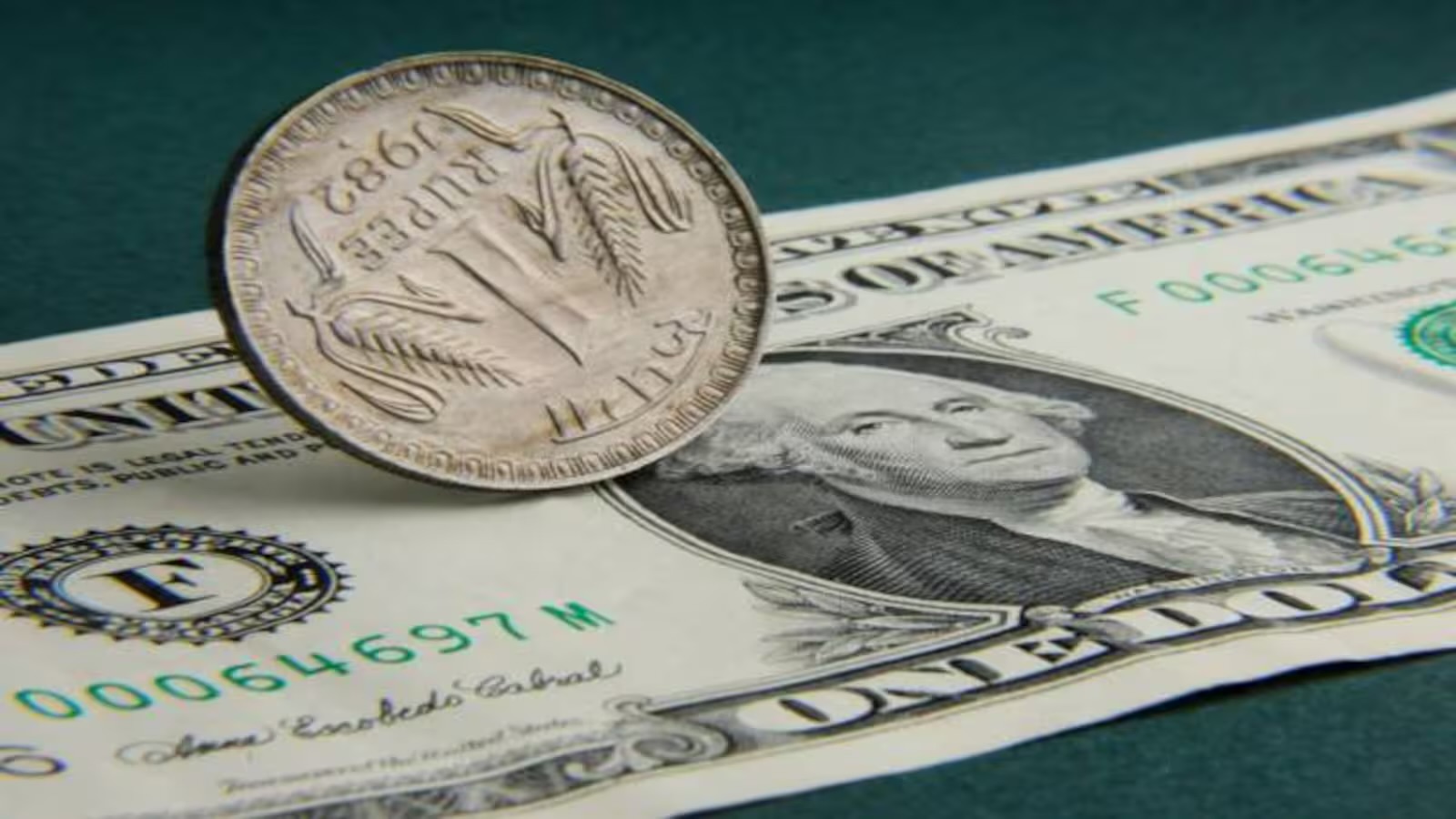
Tariffs are among the many sticks that Donald Trump wields like a weapon in his economic diplomacy during his presidency. Among his most impactful moves, the placing of tariffs on Chinese goods during the US-China trade war will be remembered for a long time. Trump levied tariffs throughout 2018 on hundreds of billions of dollars’ worth of Chinese products because of unfair trade practices, intellectual property theft, and growing economic power of China.
The trade war with China had many global results. While certain American industries benefited from protectionist policies, others-especially those reliant on Chinese imports or international supply chains-faced increased costs. Global markets also faced volatility stemming from the uncertainty of trade relations between the United States and China.
Another act of protectionism by Trump was when he pulled the United States out of the TPP, a free trade agreement between nations in the Asia Pacific region which would have involved 12 countries. He reasoned it would hurt American workers and industries as such an agreement would encourage companies to move jobs abroad.
Possible Implication of 100% Tariff
If Donald Trump were to execute his threatened 100 percent tariff against goods from countries abandoning the US dollar, there could be significant consequences not just for the United States alone but even for the world’s economy as a whole.
Countries affected by the Trump tariffs would likely retaliate with a set of retaliatory measures-a vicious circle of growing trade tensions that may eventually lead to higher consumer prices, disrupted supply chains, and a decrease in global trade.
Some of the countries that are considering de-dollarization include some important trading partners of the US. For example, China, India, and Brazil export many goods to the US. Slapping a 100% tariff on their products would disrupt US supply chains in no time, leading to shortages and higher prices for American consumers.
Rather, the tariffs might turn out to have an opposite effect on deterring countries from moving away from the US dollar. Confronted with punitive tariffs, the countries might double down on their attempts to find alternatives to the dollar and further accelerate the de-dollarization trend. This could lead to further erosion in dollar dominance within global trade.
If tariffs are slapped on a broad-based quantity of goods originating from major trading partners, American firms may be in for a rude shock. Many rely on imported raw materials and components to manufacture their goods. These increased costs could be passed on to the consumer through higher prices, feeding inflation and therefore shrinking purchasing power.
The general imposition of tariffs will result in serious instability in world markets, in particular if retaliation efforts are considered from other countries. This has contributed to volatility in markets, reduced economic growth, and increased unpredictability for business and investors.
India’s Role in De-dollarization
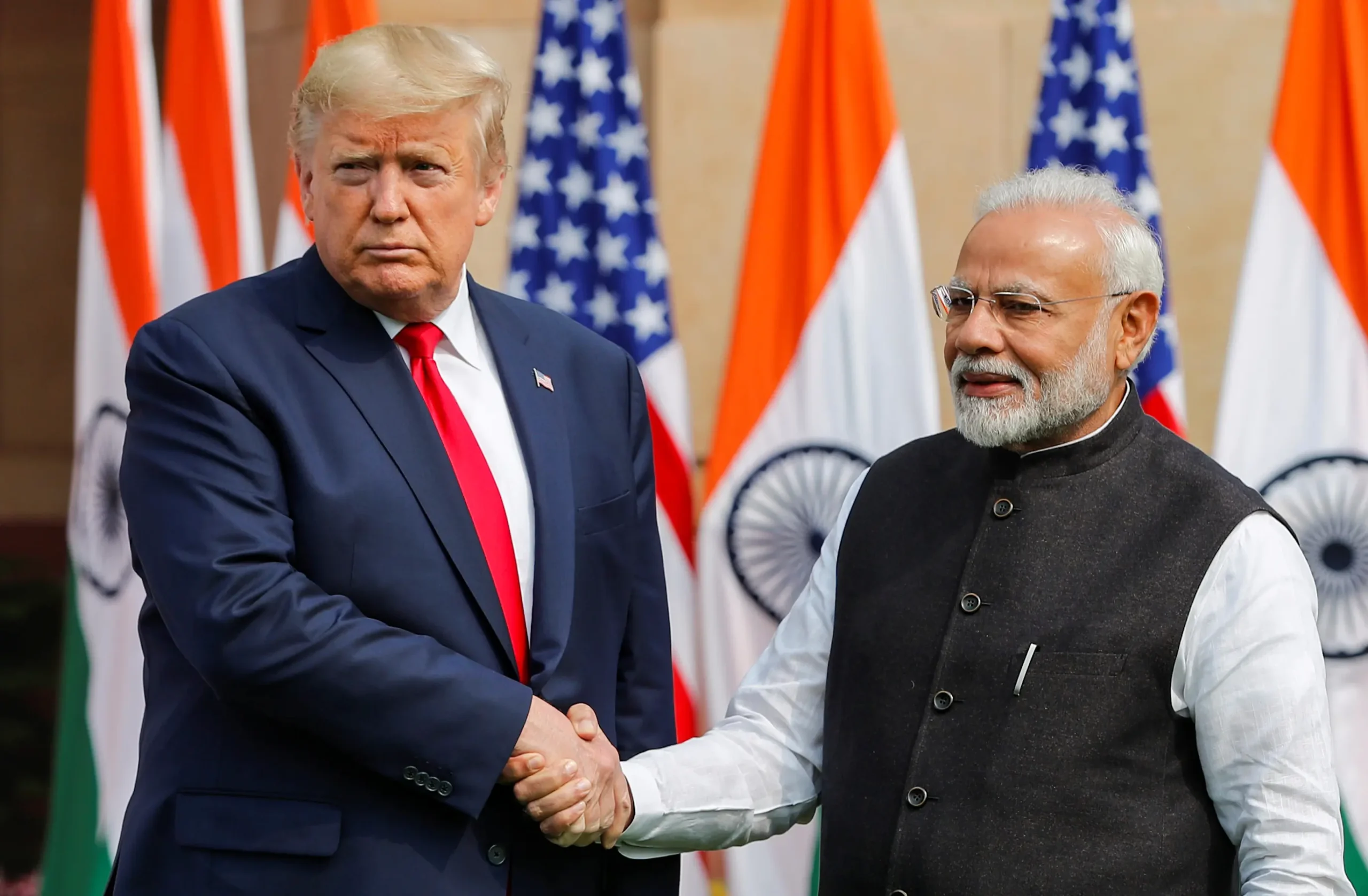
India is one of the important players in the world de-dollarization process. The country has been considering different ways of reducing its dependence on the US dollar, especially in trade with such countries as Russia and China, quite actively. In 2023, India started working on settling trade with Russia in rupees instead of dollars as part of broader efforts to limit its exposure to exchange rate risks and lessen its reliance on the dollar.
Several factors are driving India’s push for rupee trade. First, local currency trading might lessen exchange rate risks among exporters and importers and make trade more predictable and stable. Second, it allows India to reduce its dependence on freely convertible currencies such as the dollar that may be affected by monetary policy in the US and other external factors.
But all of India’s efforts to de-dollarize might just take a massive setback if Trump carries out his threat to impose a 100 percent tariff on products from countries that avoid the dollar. India is the world’s biggest trading partner with the United States, and Indian exporters just might fall into a suicidal vortex if US tariffs are imposed on Indian goods.
In the meantime, India would be in a position to absorb some of the potential hurt from US tariffs by continuing to work toward alternative trade deals with, among others, China, Russia, and its neighbors in South Asia. Along this line, more use of the rupee in international trade can help India shift toward more diversified exposure against the US dollar and lesser risks associated with fluctuation in the global currency market.
Global Implications
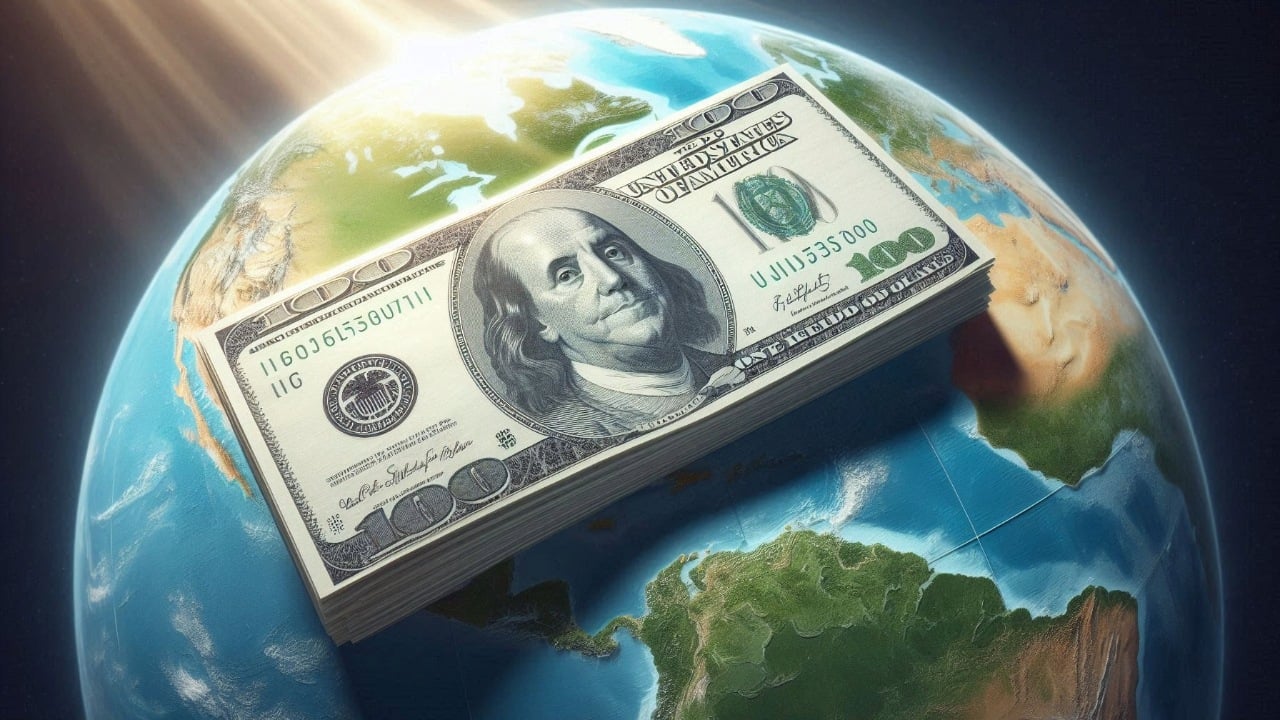
The repercussions of such a tariff threat by Trump go way beyond the United States and its trading partners. A full-scale trade war sparked by the imposition of 100% tariffs on goods from countries engaged in de-dollarization could have severe consequences for the global economy.
Tariffs raise the price of goods and often flow to the consumer. Should many nations be experiencing tariffs in their trade with the US, the prices of a variety of goods would increase around the world, fostering inflation and reduced consumer purchasing power.
Most of the countries that are de-dollarizing contribute very significantly to global supply chains. This disrupted trade between these countries and the United States ripples to the global economy, touching industries as diverse as electronics and agriculture.
The tariffs that Trump would levy will only accelerate their efforts to develop alternative currency systems, rather than discourage countries from trying to move away from the US dollar. China has been working on its own digital currency, the e-yuan, which in the future might well supplant the dollar in international trade. Other countries may follow suit, leading to further fragmentation of the global financial system.
Trade wars tend to spill over into other areas of international relations, creating tension between countries that may influence diplomatic, military, and economic relations. The widespread tariffs being imposed could heighten geopolitical tensions between the US and countries involved in de-dollarization, increasing conflict and instability.
A High-Stakes Gamble
One aggressive move in defense of American economic interests is his pledge to slap a 100 percent tariff on goods from countries that abandon the US dollar. That stance reflects his belief that only dollar hegemony assures the US position in the world and economic stability.
This is a high level and far-reaching policy that could have possible consequences; retaliation by affected countries, disruption of international supply chains, and turbo-charged de-dollarization are a few of the potentialities that may go radically upon the world’s economy.
As the world moves toward a more multipolar financial system, so too will the United States have to adapt to these new realities. Through tariffs or diplomacy, or whatever combination thereof, the US will have to square up to the challenges wrought by de-dollarization with the imperatives of maintaining U.S. economic and geopolitical influence in an evolving world.
But ultimately, Trump’s tariff threat represents a high-stakes gamble. The dollar’s future-and with it, that of the entire global financial system-may well be hanging in the balance.




